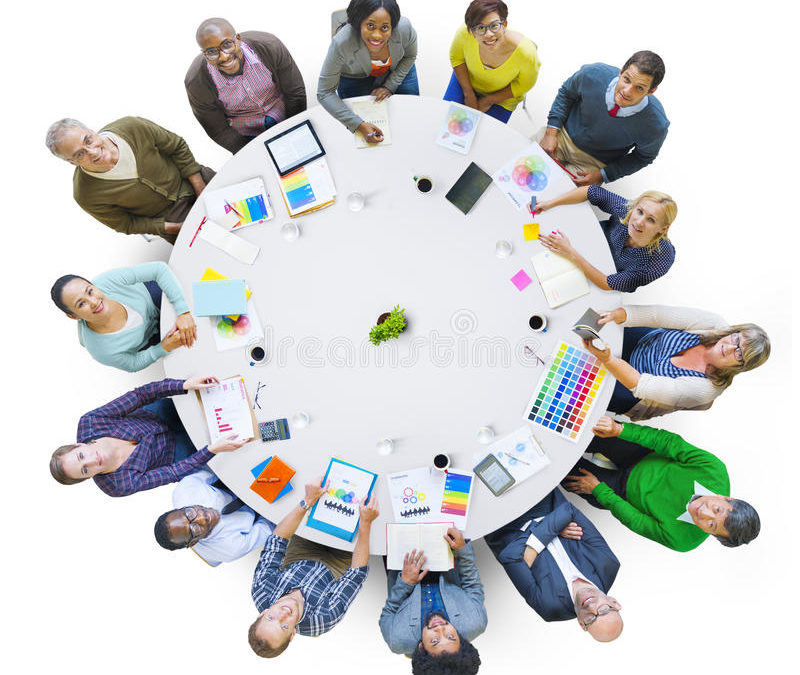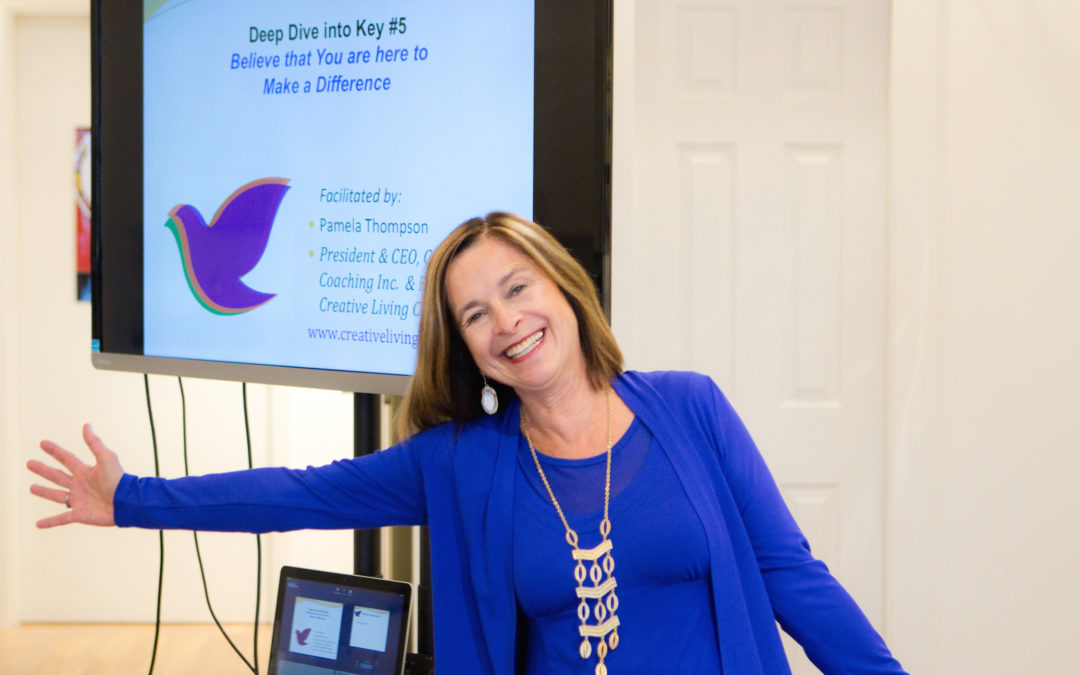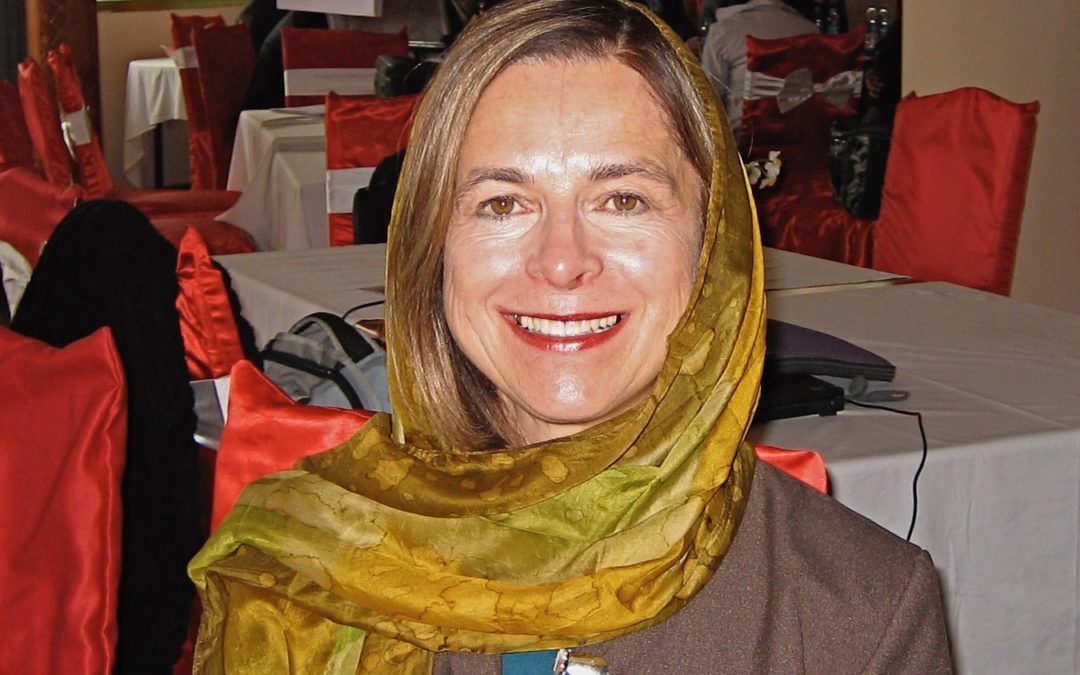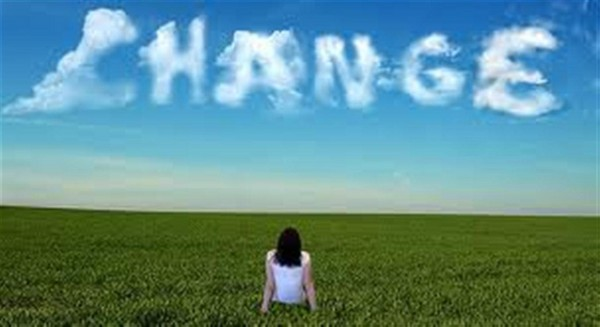
by pam | Nov 23, 2021 | Creative Living, Dealing with Stress, Dealing with Uncertainty, High Achieving Women, Women in Business
Are there women in your life who are constantly giving to others and putting themselves at the bottom of the list? Women who are so busy serving others in their families, communities, workplaces … seemingly with boundless energy?
Women who seem to be strong and have it all together, and rarely if ever reach out for support from others; until they can’t.
Perhaps you are one of these women.
COVID has placed increased stress on women worldwide. They are burning out faster than before the pandemic. With the increased demands of working at home, home-schooling children, supporting others in their families, communities and workplaces, they are losing their passion, feeling physically and emotionally exhausted, and experiencing feelings of cynicism and detachment.[1]
International cross-cultural studies[2]show that those in the helping professions (e.g. social workers, nurses, physicians, development professionals), and high achievers, are at higher risk for burnout than the general population. The curious thing about high or over-achievers is that we tend to work harder when we get closer and closer to burnout. It’s almost like we believe we are invincible!
I recall when I burnt out in late 2012; how I kept pushing through fatigue and NOT listening to my body. I had pushed through fatigue to finish that one last thing for many years, and was healthy (or so I thought), with no noticeable side effects. Until all that changed.
I’d been working on contract for an NGO that promotes women’s and children’s rights around the world for almost a year. Initially I was passionate about the opportunity and felt so aligned with their mission, vision and values. It was exciting to head off to a number of African countries for project start up and to meet the teams in the 7 countries I was working with! In the coming months, the project scope increased, and I was being asked to do more and more. Then, about 6 months in, I started to lose my passion. I felt like there was so much to do and so little time. Yet I kept pushing through.
Near the end of the year, I was invited to renew my contract in a reduced role. I was this close to signing and asked to sleep on the decision. When I awoke, I felt like a lemon that had been squeezed dry; and realized in that moment, that I had to finally listen to my body, I had to take a break. I got in touch with the Director and VP I’d been working with, thanked them, and turned down the opportunity. They said “Why?” and I said I wanted to create more balance in my life. At that time, I had no idea what that meant or how much time I would take off, but I started the new year with no work on my plate. A scary place for someone who has their own business! I took the time to reconnect with family and friends as I’d been travelling so much the past couple of years. I studied mindfulness with Jack Kornfield; and spent a lot of time in nature.
After sleeping 10, 12, 13 hours a night for about 4 months and still awakening feeling fatigued, I went to see a naturopath who put me on some homeopathic meds; and within about a month I started to feel more like myself; my energy started to come back.
What I learned from that experience, and from doing in-depth interviews with high-achieving women from three continents is captured in the book “Learning to Dance with Life: A Guide for High Achieving Women”. In this book, I introduce the concept of “Creative Living, “the conscious cultivation of increased health, happiness, fulfillment and inner peace in your life.” There are 7 keys to what I call Creative Living, and powerful strategies and practices to prevent and heal from burnout. I’ve distilled some of these in the strategies below.
Strategies You can Use to Prevent and Heal from Burnout
- Integrate mindfulness practices into your life daily (e.g. body scanning[3] & mindfulness walking meditation[4]); these help you focus on the present moment, and get you out of the chatter in your head
- Start listening to your body. When you feel tired take a short nap (e.g. 15 to 30 minutes if you can) or go for a short walk (15 to 30 minutes)
- When you’re feeling stressed take 3 deep breaths in through your nose and out through your mouth exhaling on each out breath. Notice how that makes you feel. This releases the hormone oxytocin which makes you feel more relaxed, grounded and at peace
- Focus on one thing at a time
- Sleep at least 8 hours a night and go to sleep before 11 pm
- Set firm boundaries; learn to say “no”; being clear on your top 5 core values helps with this
- Spend regular time in nature – The Japanese have done longitudinal studies to show that when we walk in nature, particularly among trees, it reduces our heartrate, reduces our blood pressure and increases the number of natural killer cells our body produces (i.e. strengthens our immune system)
- Nurture yourself daily (e.g. have a bubble bath, listen to relaxing music, do something you love)
- Try yoga. Experiment with different styles. Find one that works for you and do it 3 times a week or more for 30 to 60 minutes each time
- Celebrate your achievements – both big and small
- Unplug from technology 60 to 90 minutes before going to bed; and Unplug one day a week (if possible) e.g. on the weekend.
- Schedule blocks of time in your calendar for you (e.g. work out at the gym, yoga, lunch with a friend, date night with your partner) and commit to doing them
- If symptoms persist and if you are continually fatigued even though you sleep 8 or more hours a night, and have lost your zest for life, go to a recommended naturopath or a physician who is open to complementary therapies.
What strategies have you found helpful to reduce stress in your life and to prevent and/or heal from burnout? I welcome your thoughts and comments below.
Gift yourself and those high-achieving women in your life; those who “do” more than “be” and “give” more than “receive” “Learning to Dance with Life: A Guide for High Achieving Women” .
[1] Sherrie Berg Carter, High Octane Women: How Superachievers Can Avoid Burnout. Amherst: Prometheus Books, 2010.
[2] http://www.theguardian.com/women-in-leadership/2016/jan/21/spot-the-signs-of-burnout-before-it-hits-you?CMP=ema-1694&CMP=
[3] Scan your body from the top of your head to the tips of your toes noticing where there is any tension or discomfort. Breathe into those places and set the intention to release the pain and discomfort. This is helpful to do first thing in the morning before getting out of bed. It helps you become more aware of your body and the messages it sends you.
[4] When doing mindfulness walking meditation, it is most beneficial to do it outside. When you begin to walk, instead of thinking about the argument you had with your partner that morning or worrying about the performance review you’re going to give to a team member who is underperforming; instead focus on all of your senses. Feel the breeze on your cheeks, smell the salt sea air, hear the birds chirping, see the beautiful vistas that surround you … . When thoughts come to mind as they will, imagine putting them in a cloud and watching them float away and then return to focusing on your senses. Do this 3 times a week to start for 20 to 30 minutes a time and notice how you feel during, immediately after and after a week or so of doing this.

by pam | Oct 25, 2021 | Beliefs & Values, Collaboration, Group Facilitation, Leadership, Women in Business
In a recent blog post a colleague, Runa Bouius, shared the term “co-creative collaboration”. For me it clicked and made so much sense. You may be wondering what the heck does it mean?
To co-create means “to create something jointly”.[1] To collaborate is “to work with another person or group in order to achieve or do something.”[2]
What’s the difference between the two? I believe that by adding “co-creative” to collaboration it underscores the creative aspects of the process and focuses on the positive energy and joy that results from co-creating a new program, project, initiative, organization; and the ownership one feels to the “end product”. It is a great way to bond with a team or group of individuals.
To co-create with a group, there are a number of beliefs that are important to have in place and processes that support co-creative collaboration.
Beliefs that support co-creative collaboration
What I’ve found from my work with people from a variety of cultures and backgrounds is that it is important to believe that the whole is greater than the sum of the parts. In other words, you believe that the chances of creating something new and innovative are much greater when you have variety of different perspectives and “heads” around the table, than what results from your own mind or from a small group who represent similar backgrounds (e.g. disciplines) and/or cultures.
I admire how Barbara Gray[3], a seasoned negotiator and organizational theorist, wrote about collaboration. She likened the collaborative process to a kaleidoscope and the pieces of colored glass within to the various diverse stakeholders involved in such a process. When you turn a kaleidoscope, the image changes, and a new one is created each time. Similarly in a well-designed collaborative process, each stakeholder is enabled to share their ideas and the final “product” the group comes up with is a combination of each person’s unique contribution; yet it is even better as each person builds on the next and the whole becomes greater than the sum of the parts.
Many of us begin our careers believing that we have all the answers, and it is easier to create something on our own rather than to involve others. We don’t really value collaboration until we experience a well-designed co-creative collaborative process.
Processes that support co-creative collaboration
In the late 1980s and early 1990s, I had the opportunity to co-chair a national strategy for the federal government. The consultant we hired to support us through that process was a gifted facilitator, Dorothy Strachan, who taught me so much. The strategy was “Enhancing Prevention in the Practice of Health Professionals” and it involved representatives from 8 national health professional associations in Canada; for example the Canadian Medical Association, Canadian Nursing Association, Canadian Dental Association … . Through a multi-phased process, we created a strategy document that supported integrating prevention through four key issue areas: policy and planning, program and service delivery, education of health professionals, and research and evaluation. The final “product” was endorsed by the Boards of each of the health professional associations who were around the table. It was a landmark document that included a number of concrete actions the various professions could take that included Goals and Options for Action in each of the issue areas, and a dissemination strategy characterized by “Prevention through Partnership: Collaborating for Change”.
Being part of this process made me value collaboration and understand how a well-designed and facilitated process can be both creative and productive.
We didn’t call it “co-creative collaboration” but indeed it was.
To be part of a co-creative collaborative process you need to trust in the process, believe that the whole IS greater than the sum of the parts, ideally include a diverse group of stakeholders in the process, create a safe environment with clear expectations, respect and value the contributions of everyone, and not come to the process invested in a particular outcome, rather be open to possibility. It is helpful to engage a skilled outside neutral facilitator with experience in collaborative processes.
As part of Female Wave of Change Canada, a member-based non-profit whose vision is:
“A more conscious, equitable, just, sustainable and peaceful world where authentic feminine leadership qualities[4] are valued and underpin the creation of new and healthy organizations, structures and systems”,
I invited members to work together to co-create a project related to the Environment. In an email they were told that they didn’t need to be subject matter experts, and it was great if they were; however, having a passion for and interest in co-creating a project in the Environment area was important. Over 3 months of meeting via zoom about every 2 weeks, we co-created what is now called “The Mother Earth Ambassador Program”, an educational program for girls ages 9 to 12 that integrates indigenous wisdom and storytelling. As a group, we identified the: Problems we are solving, the broad Goal, the Outcomes/Objectives, a draft Outline, and Additional Design Aspects. We are now in conversation with a Master’s level university program and their students who we anticipate will assist us in fleshing out the program and “making it real”. If you’re interested in learning more and being part of a co-creative collaborative process, join us at: https://fwoccanada.com.
With the complex issues we are facing today, such as systemic racism, climate change, and gender inequality, we need a variety of “heads around the table” from different backgrounds and cultures to generate creative solutions and move us toward a world that works for everyone. Are you up to the challenge?
[1] https://www.thefreedictionary.com
[2] https://www.merriam-webster.com
[3] Barbara Gray, Collaborating: Finding Common Ground for Multiparty Problems. San Francisco: Jossey-Bass Publishers, 1989.
[4] Feminine Leadership Qualities include: compassionate, creative, collaborative, emotionally intelligent, authentic, inclusive … usually associated with the feminine. That said, men as well as women can have and learn these qualities.

by pam | Sep 19, 2021 | Conscious Living, Creative Living, Feminine Leadership, Leadership, Women in Business
It’s interesting when I reflect on how I used to act and feel in the workplace. I learned from a young age that it was important to separate my work life from my personal life. In doing so I could protect myself, and in the workplace I would only share the parts of myself that I felt were valued. For example, my ability to write, to facilitate, to work collaboratively with others.
I recall when launching my coaching business in 2009, after 10.5 years of doing management consulting, how I felt like I could only share my new business with certain clients. Others I thought would think I was going “woo woo”. After researching and writing program and policy documents in the health field, designing and facilitating multistakeholder and consultative processes, and doing qualitative studies, I launched the Creative Healing Center, a virtual center, where we coached people through various life transitions and integrated this with creativity, eastern psychology, the health-promoting and healing benefits of the arts, and alternative modalities. At that time, I felt like I was trying to balance on two Swiss balls and was being challenged to do so. I felt that my logical left brain that I had been operating from for so long, (or so I thought), was now being challenged by my creative and empathic right brain.
Recently in chatting with a Diversity and Inclusion consultant, biracial friend and colleague, she spoke about “code-switching”[1] and how women of color typically show up differently at work compared to with friends and at home. They do this because they feel and understand, based on experience, that if they bring their whole selves to work, they will not be valued, respected or promoted.
It made me reflect on which environments I felt most comfortable bringing my whole self to work in. Curiously it was in cross-cultural situations where I was working internationally with teams from countries such as Pakistan, Colombia, Nigeria, and Afghanistan; with people from cultures other than my own, that I brought my whole self to work. Curious isn’t it? Perhaps I had internalized from a young age that it was better to only share parts of myself in the North American work environment; and not to acknowledge my intuition and creativity?
How about you? Do you bring your whole self to work? What environments facilitate that? Which ones prevent you from sharing your whole self and why? I welcome your thoughts and comments below.
[1] https://www.psychologytoday.com/us/blog/achieving-health-equity/202012/what-is-code-switching

by pam | Jul 26, 2021 | Collaboration, Feminine Leadership, Leadership, Women in Business
Recently, I was in an interactive workshop of female leaders, and a number of women voiced that they had negative feelings around the word “power”. I must confess, that was my belief for a number of years, based on my experience with leaders and leadership. However, recently I have changed my perspective around power after being energized and impressed at the way so many of the female leaders around the world responded to the pandemic. They were confident, decisive, and worked collaboratively with their teams and even consulted female leaders in other countries regarding their policies, practices and lessons learned.
The time has come for us to change our mindsets from “power over” to “power with”. Examples of “power with” include how Jacinda Ardern during the pandemic broadcast nationally to her fellow New Zealanders in her sweatshirt coming from a place of empathy and understanding, rather than command and control. How scientists from around the world banded together to find a vaccine for COVID-19 in record time, also demonstrated “power with”.
When you think of “power with”, what images does it conjure up? What does it mean to you? I see men and women standing together in a circle holding hands. I see community. To me it means admitting I don’t have all the answers and working together with others to solve complex issues and generate creative solutions. When I think of “power over” I think of a man on his own at the top of a hierarchy, making the decisions on his own from a place of ego, without seeing the need to consult with and understand various perspectives.
“Power over” is when one person or group unilaterally, usually through their political and/or financial influence, imposes their views and ways of working on others for their own gain, rather than trying to understand others and see the world through a different lens. They are threatened by new ideas and perspectives and often want to maintain the status quo that keeps them in power. They also encourage and support competition over collaboration.
The days of the Lone Wolf are over. Complex issues such climate change and systemic racism require leaders from a variety of backgrounds, disciplines, sectors and countries to solve them.
I believe that “power with”, which involves collaboration, is the way forward.
In order to collaborate it is important to:
- Believe that more than one “head” is better than one; that multiple perspectives around an issue lead to more creative and sustainable solutions
- Trust those you are collaborating with
- Be clear on your role and that of others in the process
- Have values aligned with those you are collaborating with
- Be open to new ways of understanding and looking at a problem
- Come from a place of service; of making a positive difference in the world.
What does power look and feel like for you? I welcome your thoughts and comments below on “power over” and “power with”.

by pam | Jun 13, 2021 | Change, Embracing Change, Life Transitions, Managing Change, Women in Business
The pandemic has been a time of transition for us all.
- You may have transitioned from having a job you loved to being laid off
- You may have transitioned from working in the office to working at home
- You may have experienced a relationship ending due to the stress of working at home together while at the same time looking after young children
- You may have had time to reflect and realize that you want to make a bigger difference in the world
- You may be feeling exhausted and lack clarity on your next steps.
Imagine having practical tools and a proven process to support you to move through transitions in your life and work. One that supports you to move from anxiety and uncertainty toward clarity and fulfillment.
I believe that embracing change is a creative process that opens us up to new possibilities.
My 5-step “Art of Change Process” enables you to identify a change you are struggling with, understand how you respond to change and why, let go of beliefs, emotions and behaviors that are holding you back, envision the change you want to see and create an action plan to move forward.
The “Art of Change Process” can be applied to both your personal and work life and to teams if you are a leader. It enables you to move from resisting change to embracing it.
You may be thinking “I love change. I don’t resist it.” Yet if you peel back the layers and reflect on changes in your life, you may come to realize that many of the changes YOU initiated, so they felt easy to embrace. However, if you reflect on those changes that were imposed on you or initiated by someone else, you may find your experience is different; e.g. being “let go” from a job or having a partner leave you when you weren’t expecting it.
A key concept I have found helpful for myself and for clients has been understanding the difference between a life change and a transition.
William Bridges in his book “Transitions – Making Sense of Life Changes”[1] based on over 30 years of working with people and organizations, noted that a life change is external and situational such as divorce papers or a pink slip; something tangible that we can see. Whereas, a transition is internal and psychological; the internal work we do to reorient and readjust to our new external reality. Many of us do the change, but don’t do what I call the “transition journey” work.
Based on more than 25 years of consulting and coaching with individuals and organizations on 5 continents, the Art of Change framework is a proven model for embracing change whether it involves getting unstuck and moving forward when change is imposed on us, or whether we initiate an organizational or life change.
The Art of Change Framework is a 5-step process that uses the metaphor of life as a dance. The steps are:
- Shine the Light – Explore how you respond to change and why
- Choose Your Dance – Identify the transition you want to work on and where you are on your transition journey
- Feel the Rhythm and Learn the Steps – Commit to embracing change in your body rather than resisting it, and begin doing the work associated with the phase of the transition journey you are in
- Practice, Practice, Practice! – Do the work that includes letting go, identifying lessons learned, envisioning the work or organization of your dreams, taking action, and viewing change as a creative process that opens you up to new possibilities
- Consciously Share Your Dance with the World – Observe the positive changes in yourself, how others respond to you, and the positive impact you have on your family, friends, communities and workplaces.
If you’re intrigued to learn more, I invite you to sign up for my complimentary “Art of Change Framework” white paper that includes practical tips and tools at https://pamela-thompson.com.
I welcome your comments and strategies you’ve found helpful to embrace life transitions below.
[1] Bridges, William, Transitions – Making Sense of Life’s Changes. Da Capo Press, 2004

by pam | May 24, 2021 | Feminine Leadership, Leadership
Have you ever hired someone who looked great on paper, had excellent references, prestigious credentials and yet in an interview your gut told you there was something missing? Yet, you hired that person and didn’t listen to what your body was telling you. Within several months you realized you had not made a good choice, as the new hire ended up being highly competitive and out of alignment with one of your organization’s core values of collaboration.
It happens all the time. Why do we value our rational, logical left brain over our intuitive body’s wisdom? It turns out our organizations have been built on a set of beliefs that value the rational, logical left brain over our intuitive and creative right brain. We are beginning to realize the value of our intuition and the fact that leadership is both an art and a science.
In a recent leadership development class on authentic feminine leadership I taught with women leaders from a variety of countries[1], we walked through a number of qualities of authentic feminine leaders including: creativity, collaboration, inclusiveness, and intuition (discussed in more detail here – https://pamela-thompson.com/why-feminine-leadership-holds-the-key-to-creating-a-world-that-works-for-everyone/). I then asked each student to rate themselves on a scale from one to ten related to how well they embraced each of the qualities we had shared. After that, I invited them to revisit their ratings, identify the one most challenging for them related to their leadership, reflect on why, and share their reflections. It turned out intuition was the quality they were most challenged to embrace.
How can we learn to listen to and trust in our body’s wisdom and use it to make better decisions in our work and personal life?
Here are a few tools I use myself and have taught to clients from a variety of countries and cultures to help them get out of their heads and into their bodies.
- Body Scanning – This is an excellent tool to use to become more aware of your body and the messages it sends you. It’s helpful to do this first thing in the morning before you get out of bed or at night before you retire.
Close your eyes and take several deep breaths in through your nose and out through your mouth. Then begin scanning your body from the top of your head to the tips of your toes. Notice any areas of tightness or discomfort. Breathe into those areas and imagine releasing the tightness or discomfort.
- Mindfulness Walking Meditation – Many of us who are busy and driven are challenged to sit down and meditate. If that is you, mindfulness walking meditation may be “just what the doctor ordered”. It’s preferable to do this outside in nature.
As you walk, focus on all of your senses. Feel the cool breeze against your face, smell the salt from the sea, hear the chirping of the birds, see the beautiful vistas or forest you are walking in. When thoughts come in, as they will, imagine they are clouds floating by and let then go or put them in a bubble and watch them float away. I encourage you to do this 3 times a week to start, for 20 to 30 minutes each time. Notice how you feel after each walk and the cumulative effect.
If you wish to learn more about how to “listen to and trust in your body’s wisdom”, I encourage you to read chapter 4 in my book Learning to Dance with Life: A Guide for High Achieving Women. Note that men as well as women have found this book helpful.
I welcome your comments below, in particular on strategies you have found useful to help you to make wise decisions by tapping into your body’s wisdom.
[1] As faculty for Women Leading in Change https://femalewaveofchange.com/reshape-the-future/ – a virtual leadership development program of Female Wave of Change.

by pam | Apr 13, 2021 | Change, Changemaker, Feminine Leadership, Leadership, Women in Business
In a recent post I shared how if you want to “be the change” you want to see in the world, it is essential to do some inner exploration. [1] I call it “exploring your inner landscape” – those beliefs, stories, and emotions that unconsciously run your life.
Many of us from a young age know “in our bones” we are here to make a significant difference in the world. That said, a number of us have no clue as to what that difference is.
To get clear on the difference you are here to make, it is important to uncover your unique talents and identify your passions.
I particularly like the definition Janet and Chris Attwood give to the word “passion” in their book The Passion Test. They say that “your passions are the loves of your life … things that are most deeply important to you … things that, when you’re doing them or talking about them, light you up.” They also note that “passion and love are inextricably intertwined because both arise from the heart. When you follow your passion, you will love your life.”
When you discover your passion and live your life aligned with it, you feel truly joyful, fulfilled, and at peace. It lights your fire and fuels your enthusiasm for life. You feel that you are indeed doing something that makes a positive difference in the world.
We all have unique gifts and talents to share with the world. Here’s a short exercise to help you clarify yours.
1. Draw a chart with two columns. In the first column, write down all the things that you are good at, or things that come easily and naturally to you. They could be things such as athletics, mathematics, writing, whatever you feel fits.
2. In the second column, write down the things you enjoy doing. They could include being in nature, teaching others, using your body, playing piano….If you feel challenged by this, think back to what you enjoyed doing as a child.
3. Now look at both lists and circle the items that are similar or identical. Then review the circled items. Go inside and get in touch with the feeling each one evokes inside you. Does it excite you? Does it have little or no effect on you? Rate each item on a scale from 1 to 10 according to the level of passion you have around it (1 being “no interest at all” and 10 being “red hot”).
I encourage you to do this exercise. Sharing your findings with others has additional impact as you may gain insights and support from them.
I’d like to emphasize that just being good at something doesn’t mean it is your passion or will fulfill you if you work in that area. What you’re good at can provide clues to our passions but are not necessarily connected with them. A passion is often a blend of what we love and what we’re good at. As well, a passion may change during our lifetime. [2]
So, what’s next? After you discover your passion(s) it’s helpful to identify either a new area of work you wish to pursue or a volunteer activity that will “light you up”. Getting support from a coach or mentor can be helpful at this point.
An organization that I’m passionate about that is alignment with my passions of loving travel and working with diverse people and cultures, teaching, coaching, and mentoring, designing and co-creating workshops, projects and programs that have social impact, and my own love of learning, as well as my values of: contribution and connection is Female Wave of Change – https://femalewaveofchange.com. I am honored to be Ambassador for Canada of Female Wave of Change, a global movement that unites women (and some men) changing the world into a better place for future generations through authentic feminine leadership. As part of my commitment to growing the community in Canada I recently incorporated the national non-profit Female Wave of Change Canada – https://fwoccanada.com.
If you value being part of a community of heart-centered women from diverse backgrounds and cultures, are passionate about making a difference in one or several of the areas of: environment, education, economy, health, and humanity, I encourage you to check us out. Questions? Email pamela@femalewaveofchange.com.
[1] https://pamela-thompson.com/how-to-be-the-change-part-1/
[2] This section and exercise is largely excerpted from my book Learning to Dance with Life: A Guide for High Achieving Women, chapter 8, pp. 107-109.

by pam | Mar 23, 2021 | Change, Creative Living, Embracing Change, Leadership, Women in Business
During these times of unprecedented change, how can you “be the change you want to see in the world”? You may be wanting to initiate change in your family, community, workplace, your own business … the world. Where do you start?
A good place to start is with yourself. Do some inner exploration. Some useful questions are: “How do I typically respond to change? Rate yourself on a scale from 1 to 10 – 1 being scares me to death and 10 being I thrive on it. Then ask yourself “How do I typically respond to a change that is imposed on me or comes out of the blue?” Rate yourself again on a scale from 1 to 10 and notice if there is any difference. It’s helpful to journal your responses to these questions.
Typically, we rate ourselves higher when we initiate or feel we have control over a change. When we feel it is imposed or comes “out of the blue” we often rate ourselves lower. That said many leaders thrive on change and you may be one of them.
Now ask yourself, “When I think about change what thoughts, words, emotions come up for me?”
You may also focus on a change that you are currently having to deal with and notice what thoughts, words or emotions come up for you. If there are some negative ones such as anger, resentment, fear … (which are natural), imagine each one as a rock in a knapsack on your back, feel the weight of them and then imagine releasing them all and having them all fall to the ground.
It is extremely important to identify negative feelings in our bodies, and to acknowledge and consciously release them, in order for us to move forward and embrace a change.
It is helpful to identify any old stories about change you may have learned from people close to you early in life who were trying to keep you safe. You may wish to rewrite your narrative around change and underpin it with a positive belief such as: “Embracing change is a creative process that opens me up to new possibilities.” Notice how that makes you feel.
Being self-aware of how you respond to change is important, as people close to you in your family, community, workplace … look up to you and learn from how you model and respond to change. Do you typically embrace or resist it?
What insights have you gotten from these exercises? I welcome your thoughts and comments below.







